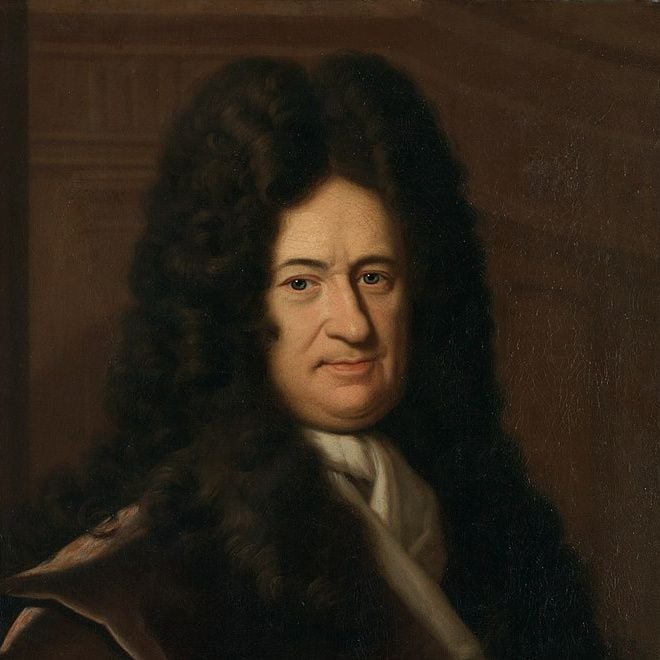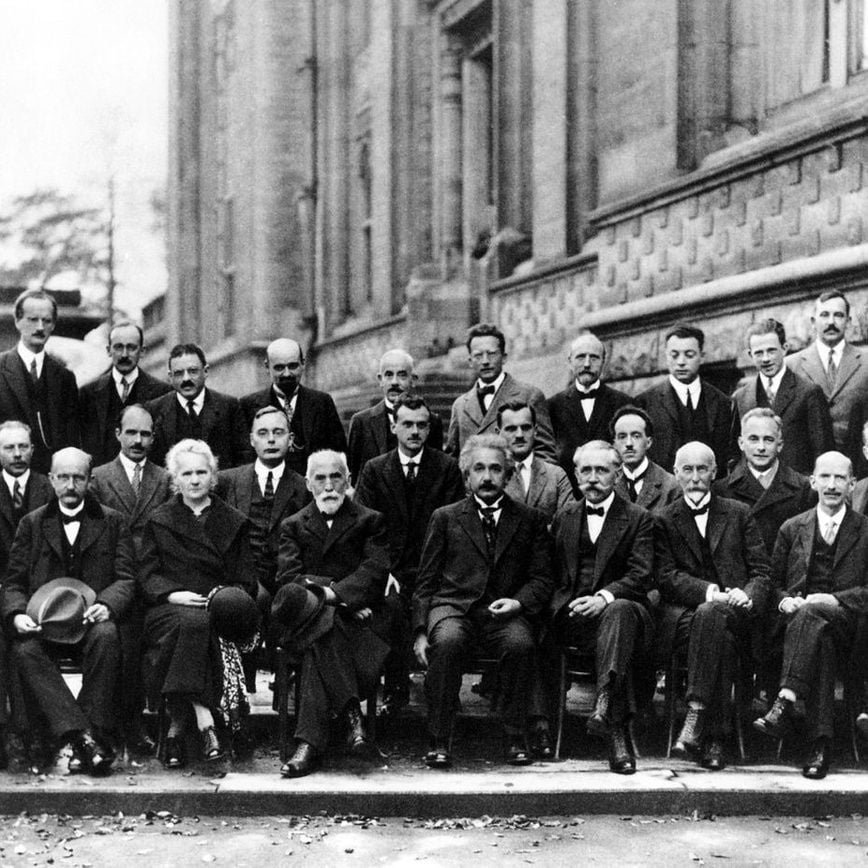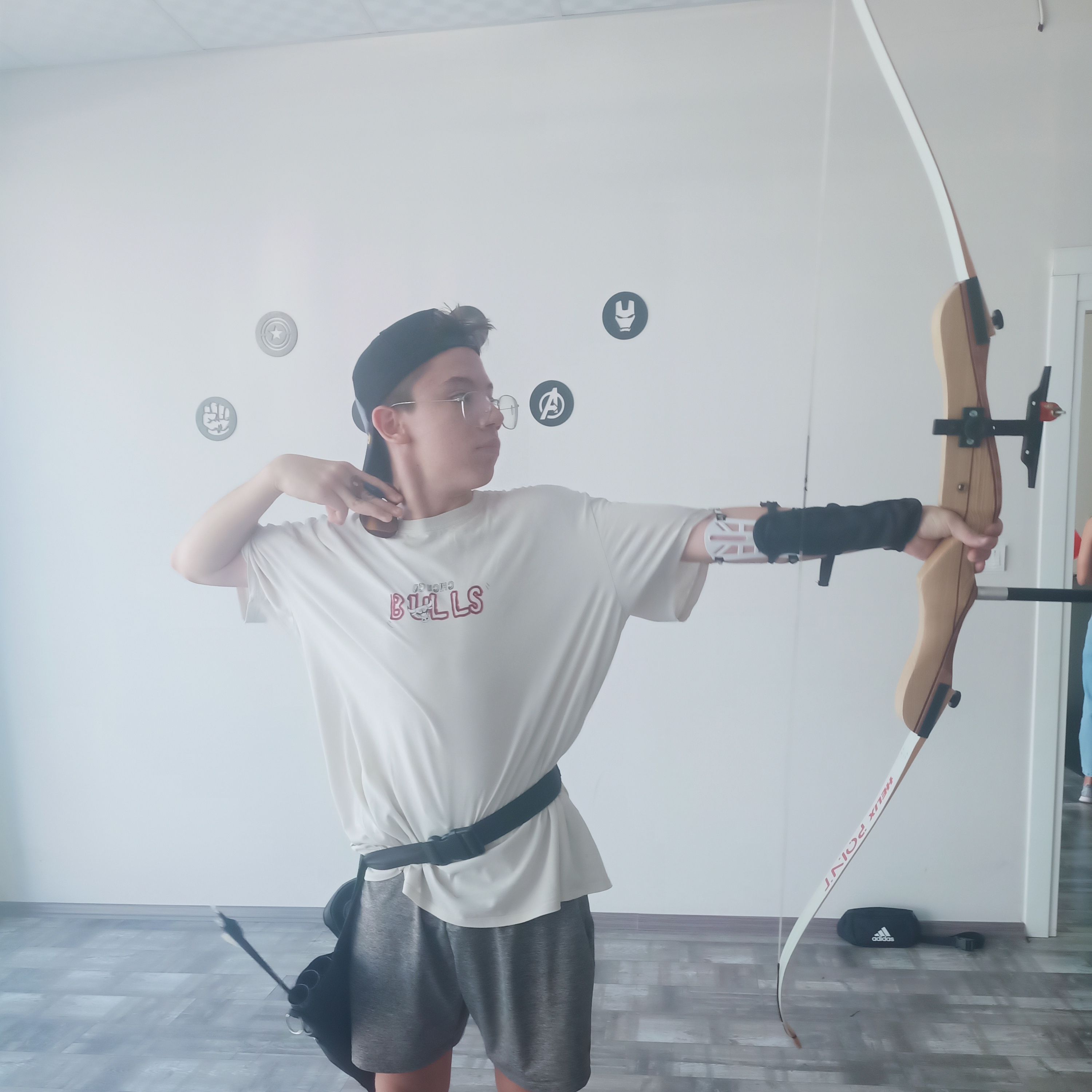Elastic Polymers

- Blog Yazısı
A balloon is created from polymers of latex. There are different types of polymers, but they are very long molecules that consist of many repeating chemical units (monomer) that are covalently bonded together. On the molecular level these polymers are connected to each either via a cross-link network. These cross-links form a network that allows the polymers to be stretched. During stretching, tension is being applied to the molecules that cause them to align in the same direction; when the tension is released, the cross-links return to the original shape. This stretching and relaxing is what is called elasticity. When you stretch a rubber band or deflated balloon it will return to the unstretched form. However, if you stretch the polymers too far, they can break or never obtain their original shape completely, this is illustrated by a rubberband snapping and a balloon that you inflate but do not tie as it deflates the balloon shrinks, but not to the exact same size.
At rest, the molecules in polymers are sitting in an amorphous arrangement (which means that their arrangement is completely independent of each other)and they are freely moving past each other. However, they are reluctant to pull apart from each other and they have a high entropy. When stretched the polymers are more organized in a similar direction, and thus have lower levels of entropy.
When doing this demonstration, inserting the tip near the tie of the balloon one can visually see that it is less stretched than the middle. This in return allows the skewer to break some of the polymer cross-links and push aside the molecules of rubber without popping the balloon. The petroleum jelly helps seal the hole that is produced once the skewer pierces the balloon and prevents air from escaping. The petroleum jelly can be replaced with other greasy substances, such as lip balm, cooking oil, and dish soap. You can test different lubricants to see which one works best. They help seal the hole that is produced once the skewer pierces the balloon.
These materials are elastic and as a balloon is being inflated these polymers are straightening and sliding over each other on the micro-world level. In the video below you can see polymers that have had a Rotaxane structure added. When stretched the products glow and are able to relax and lose their glow.
Source:
http://www2.eng.ox.ac.uk/tan/pdf-publications/PPTSlidesC3DeformationofPolymersHT15.pdf
https://pubs.acs.org/doi/10.1021/acscentsci.9b00173
https://sites.google.com/site/sed695b3/projects/discrepant-events/needle-through-balloon
- 1
- 0
- 0
- 0
- 0
- 0
- 0
- 0
- 0
- 0
- 0
- 0
Evrim Ağacı'na her ay sadece 1 kahve ısmarlayarak destek olmak ister misiniz?
Şu iki siteden birini kullanarak şimdi destek olabilirsiniz:
kreosus.com/evrimagaci | patreon.com/evrimagaci
Çıktı Bilgisi: Bu sayfa, Evrim Ağacı yazdırma aracı kullanılarak 09/12/2025 07:23:18 tarihinde oluşturulmuştur. Evrim Ağacı'ndaki içeriklerin tamamı, birden fazla editör tarafından, durmaksızın elden geçirilmekte, güncellenmekte ve geliştirilmektedir. Dolayısıyla bu çıktının alındığı tarihten sonra yapılan güncellemeleri görmek ve bu içeriğin en güncel halini okumak için lütfen şu adrese gidiniz: https://evrimagaci.org/s/8150
İçerik Kullanım İzinleri: Evrim Ağacı'ndaki yazılı içerikler orijinallerine hiçbir şekilde dokunulmadığı müddetçe izin alınmaksızın paylaşılabilir, kopyalanabilir, yapıştırılabilir, çoğaltılabilir, basılabilir, dağıtılabilir, yayılabilir, alıntılanabilir. Ancak bu içeriklerin hiçbiri izin alınmaksızın değiştirilemez ve değiştirilmiş halleri Evrim Ağacı'na aitmiş gibi sunulamaz. Benzer şekilde, içeriklerin hiçbiri, söz konusu içeriğin açıkça belirtilmiş yazarlarından ve Evrim Ağacı'ndan başkasına aitmiş gibi sunulamaz. Bu sayfa izin alınmaksızın düzenlenemez, Evrim Ağacı logosu, yazar/editör bilgileri ve içeriğin diğer kısımları izin alınmaksızın değiştirilemez veya kaldırılamaz.








